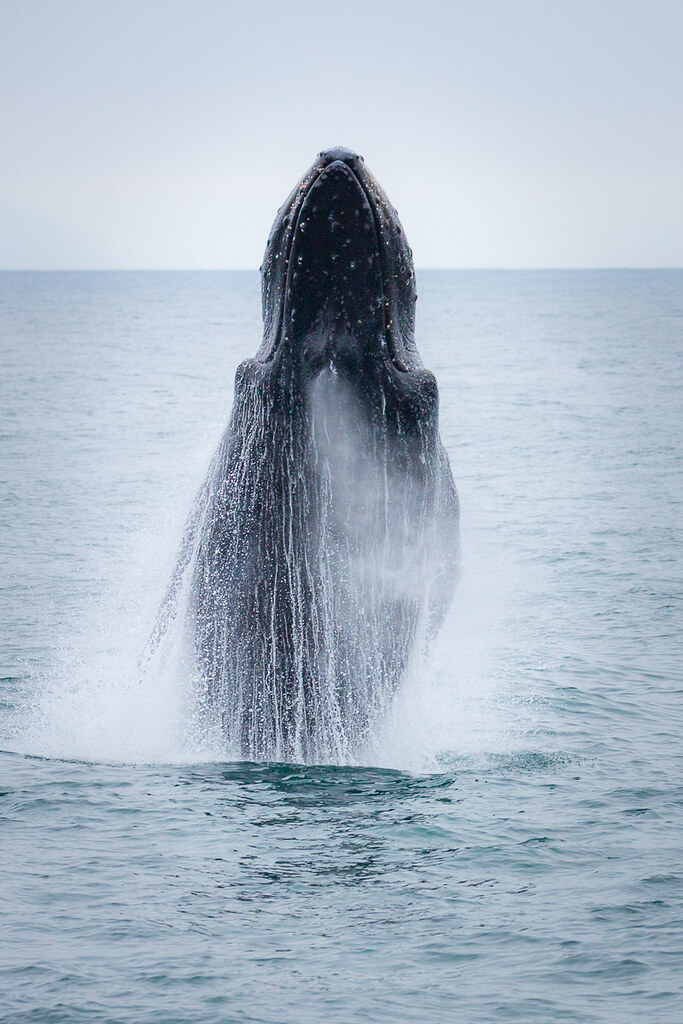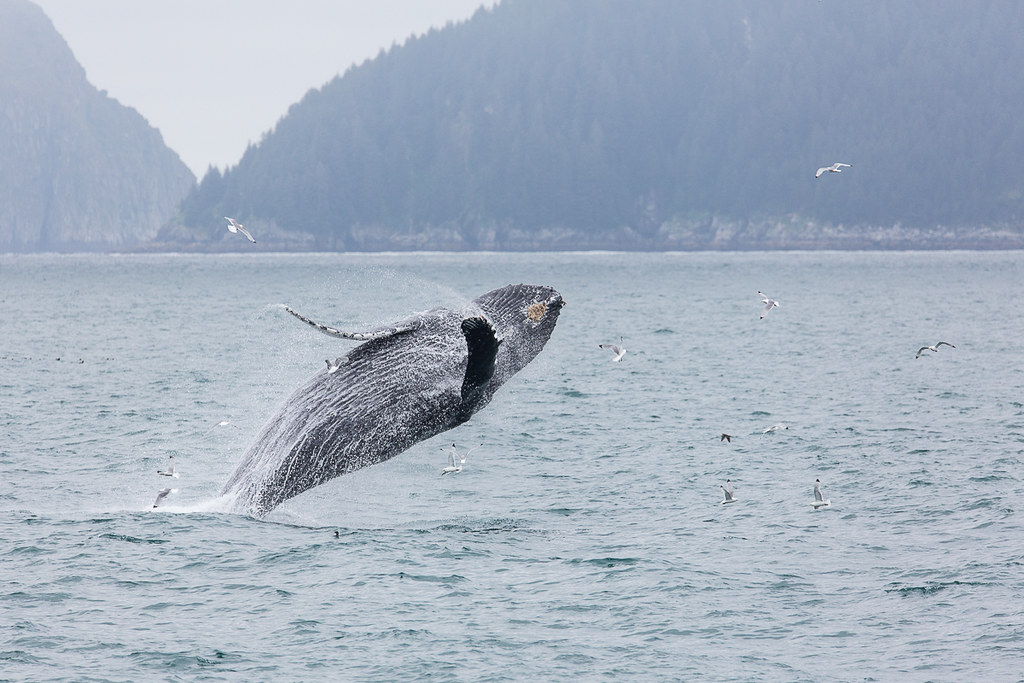
Originally Posted by
HDNitehawk

Some other things to think about with the 500 vs the 600.
You gain 20% of reach, for instance to get the same framing with the 500 at 100' you will be at 120' with the 600.
The 600mm weighs 22.9% more.
The 600mm mfd is 21.6% farther away.
At B&H the 600mm will cost you 27.7% more.
It might sound silly, but in all those areas you loose ground to gain the 20%.
Ha....seems like Canon has it dialed in....20% difference in every way including the budget.

Originally Posted by
HDNitehawk

But if I were you I would not buy either one. It is such a tough decision maybe you should wait for the 800mm II to come out

Originally Posted by
HDNitehawk


.

You probably would be surprised that the rumors of the next gen 500/600 mm lenses (possibly with DO) did give me pause.....but....my delay is more about work than anything like that. Its a good year, but that means a busy year.

Originally Posted by
DavidEccleston

I'm sure I'm not the only one who appreciates your detailed comparisons, so thanks from all of us.
In terms of resolution increase though, I don't think you want to think in linear terms, but area, so you need to square the increase. 600/500 = 120% per axis, horizontal and vertical. 1.2*1.2 = 1.44 = 144% of the resolution. Similarly, 8% is likely 1.08*1.08 = 1.1664 or and additional 16.64%.
Thanks. I'll link to a Art Wolf article soon. He made the same point, it is more about area than linear resolution. But, I've also heard the argument that it is about linear resolution.....

I can see it both ways, and, of course, they are related. But, doing some actual shots at my birdfeeder today....Still need to look at them more closely, but I think the 16% more area on sensor (or 8% linear resolution) is noticeable.
___________
Ok....just soliciting thoughts, all the ancillary gear, does this sound about right:
Tripod: RRS TVC-34 Mk 2
Gimble: RRS PG-02
Ballhead: RRS BH-55
Leveling base: RRS universal (should I get the hook?)
52mm drop in CPL (any other filters for a big white?)
RRS LCF foot to replace the one from Canon
Traveling pack-Mindshift Firstlight 40L (actually already bought this)
Already have the 1.4xTC, 2xTC and Storm 2500 case.
Anything else you would recommend to support a big white? A lens coat maybe?
Thanks,
Brant
.



 Reply With Quote
Reply With Quote






